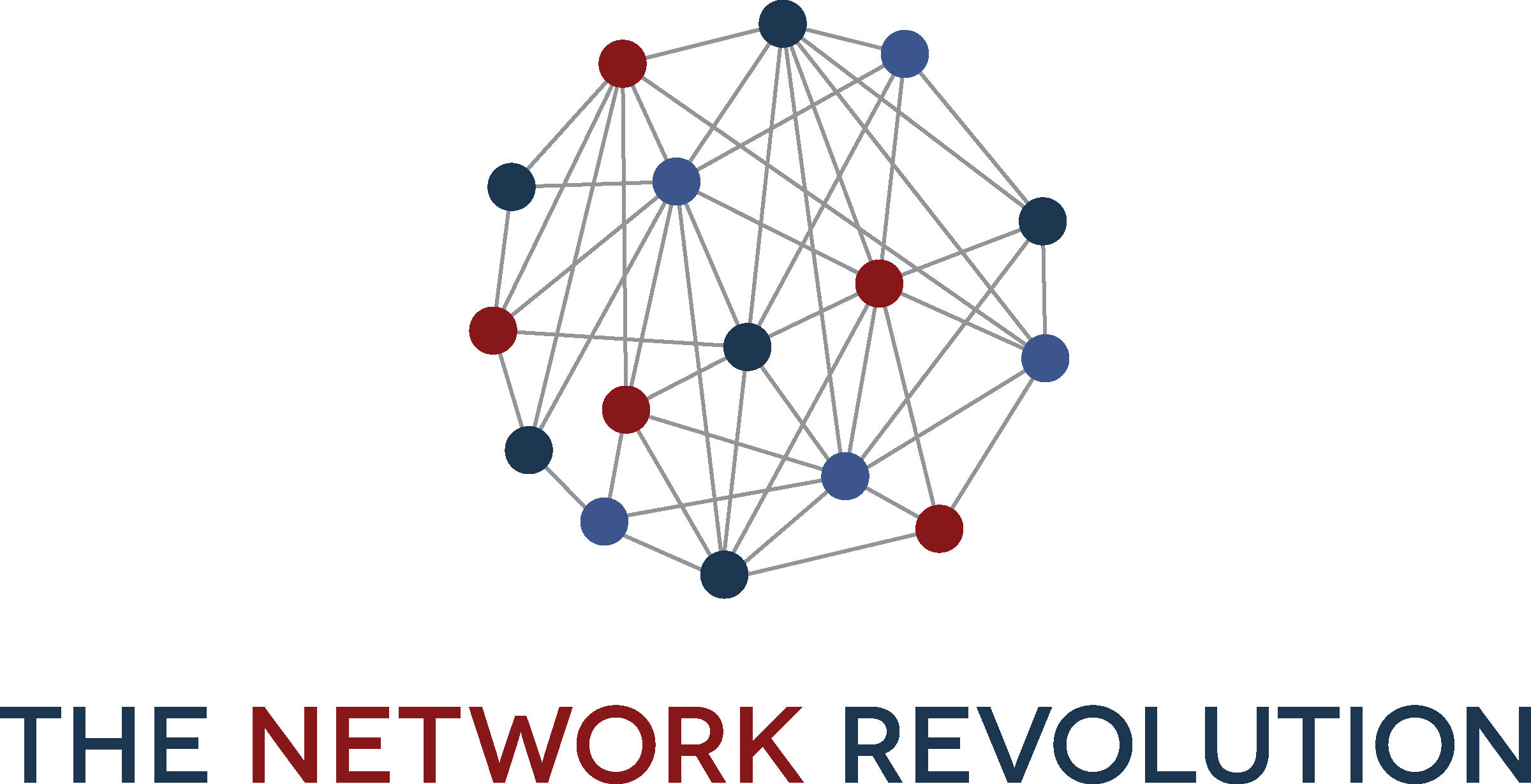The World Economic Forum believes that the fourth industrial revolution is here — an interweaving of networks, platforms, people and digital technology that blurs the line among the physical, digital and biological realms. This technological earthquake requires that businesses must adapt if they want to thrive. One of the most intriguing trends is the leveraging of the network effect by digital disruptors to overtake traditional companies, such as in the case of Uber or Airbnb.
In this 12-part series to be published throughout the year, authors Barry Libert, Megan Beck and Jerry (Yoram) Wind explore why companies whose business models involve leveraging networks generate more value than traditional firms. Libert is CEO of OpenMatters and Beck is the chief insights officer. Wind is a Wharton marketing professor and also director of Wharton’s SEI Center for Advanced Studies in Management. They also wrote a book called The Network Imperative: How to Survive and Grow in the Age of Digital Business Models. The authors would like to thank LiquidHub for sponsoring the research that informs this series.
* * *
Network Revolution: Creating Value Through Platforms, People and Technology
The fourth industrial revolution is upending traditional business models — and the adept use of digital networks is a key differentiator that ties together the physical, digital and biological spheres in a way that enables new forms of sharing, distributed intelligence and value creation.
How Blockchain Technology Will Disrupt Financial Services Firms
The basic rules of the game for creating and capturing economic value were once fixed in place. For years, companies pursued the same old business models — be the best at selling goods or services or building and renting assets and land. But now, business model disruption is changing the very nature of economic returns and industry definitions.
How Automakers Can Think Like a Disruptor
The biggest challenge to businesses is not new technology, but rather the mental models of leaders. A mental model comprises the assumptions, behaviors and beliefs of an organization and its leaders about how value is created. These assumptions drive how the company spends and makes money. But too often, existing mental models have become outdated, enabling disruptive business models like Uber and Lyft to emerge.
How Industrial Firms Can Pivot to Digital Business Models
A war of business models is emerging — where organizations of the past are facing digital networks and platforms of today and tomorrow. Indeed, nearly a fifth of the S&P 500’s valuation consists of consumer internet stocks that didn’t exist two decades ago. Legacy consumer companies failed to foresee the rise of these new business models and therefore didn’t capture any of the excess customer surplus.
Rethinking Retail: When Location Is a Liability
In the borderless digital world, a physical location can be a liability to traditional retailers. What they need is new mental and business models to compete with digital disruptors.
Finding a Better Way to Value Companies in the Digital World
In a world rapidly switching to digital business models, the old ways of classifying industries and measuring business performances do not suffice anymore. It’s time to upgrade Standard & Poor’s Global Industry Classification Standard (GICS) and GAAP (Generally Accepted Accounting Principles) to more fully reflect the value of intangible assets as digital companies take the lead in this economy.
Assets vs. Access: A Digital Reality for Commercial Real Estate
The commercial real estate industry is one of the slowest to adapt to the digital age. But it has to change its mental and business models or risk getting disrupted by tech innovators. This industry has always believed that location, location, location rules. But in the mobile world, where ‘location’ is mainly virtual — many things can be done through smartphones — assets are losing ground to access, whether the assets are hotels, homes or apartments.
How Platforms Will Disrupt the Future of Media and Entertainment
The media and entertainment industries are being upended by platforms and people. The digital age mandates that traditional media models, where communication flows from incumbent providers to users and rarely the other way around, is no longer sufficient if companies want to keep up with the changing landscape. Users as co-creators of content have fueled the popularity of YouTube, Facebook, Instagram, Snapchat and other digital disruptors. The future of entertainment, publishing, sports and broadcasting industries is now firmly in our hands.
Why Health Care is Ripe for Digital Disruption
The U.S. health care system, with its brick and mortar, provider-centric business model where doctors dispense face-to-face care during scheduled appointments, is ripe for digital disruption. Many factors have insulated health care for years, but change is coming. Platforms, networks, machine learning and artificial intelligence have enormous potential to solve problems that have plagued the industry for decades.
How Insurers Can Protect Against Digital Disruption
The heft of U.S. insurers makes it harder for incumbents to respond quickly to today’s digital disruptors. And because incumbent insurers are slower to embrace today’s technologies and business models, insurance technology startups — ‘insuretech’ — are aggressively angling for market share in the nearly $1.5 trillion U.S. insurance market.
How Technology Can Help Solve Societal Problems
Social Change as a Platform, or SCaaP, exploits new digital technologies to help organizations do good at scale. It requires thinking and operating, in all things, as a network. SCaaP mandates the updating of the core DNA that runs through social change organizations to put relationships in service of a cause at the center, not the institution.




